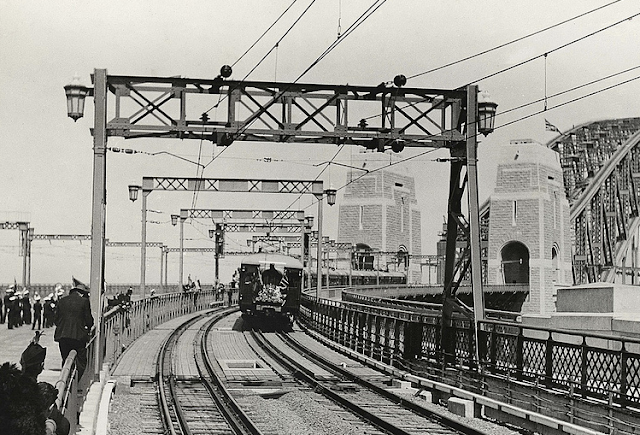No matter the political stripes, Australian governments’ fiscal policies have had a negative impact on urban transport for over 25 years. Taxes on private cars and trucks have consistently fallen, whereas tax on public transport has consistently increased. Perversely, the most recent price signal against public transport to be enacted by the Australian Government is the Carbon Tax: a tax which is claimed to be in service of the environment!
Increased tax on certain products and services is a useful strategy for simultaneously increasing Government revenue and achieving some social end- like discouraging alcohol or tobacco consumption through price signals. Additional taxes are also sometimes levied on “wealth” items like luxury cars, where there is a greater willingness to pay, and a greater opportunity to extract revenue. The last three decades of public transport tax increases (and car/ truck tax cuts) are similar in action to these other taxes.
Sustainable Transport
Public transport and rail-based transport offer very significant efficiency gains over cars and trucks, both in terms of energy consumed, and space/ land consumed.
 |
| Image: UITP 1955 brochure "There's still time to stop traffic choking our towns" |
- Rail-based freight requires only one-third (or 33%) of the energy to move goods over a given distance. There is an inherent energy efficiency gain from the use of a steel wheel on a steel rail (as opposed to an air-filled tyre on tarmac). At present the economics for freight rail are heavily skewed by infrastructure access cost: whereas road trucks primarily use roads built and maintained out of government consolidated revenue, rail freight operators have to pay for access.
- A single lane of metro or rail rapid-transit can convey 40,000 people per hour- that is 20 times more people than can be moved in the same lane by cars at the average occupancy (1.4) per car. Rail rapid transit requires only 5% of the land space to move the same number of people as cars- and you don’t need parking!
So, public transport and rail-based transport offer a very significant contribution to environmental sustainability aims. The numbers are overwhelming- far more so than say the contribution of renewable energy, on which there has been so much recent media attention. We might therefore expect a government taxation approach that increasingly encourages public transport and rail-based transport rather than individual cars and trucks. Bizarrely, the exact opposite is the case in Australia.
Timeline for fiscal price signals in Australian transport
1986: Fringe benefits tax relief on cars introduced but not public transport fares
2000: Cut new car sales tax from 22% to 10% (on implementation of GST)
2000: Increased tax on public transport from 0% to 10%
2001: Petrol tax changed from indexed to a flat rate, resulting in a fall in retail petrol tax from 50% in 2001 to approximately 30% today (at AUD1/litre before tax), and continuing to regress with inflation. Excise was previously a Per Centage (indexed) but was changed to a fixed price Also see the Australian Tax Office current rates
2012: Applying carbon tax to urban rail power supplies (but not retail car petrol)
2012: Appling carbon tax to rail diesel but not truck diesel through reduced fuel tax credit entitlements (Australian Government Clean Energy Future press statement)
2014: Applying carbon tax to urban passenger bus diesel over 4.5tonne GVM (but not car petrol) (see busNSW Bulletin, July 2012, p16)
Two of the largest taxation reforms in Australia’s modern history (GST and Carbon Tax) have both struck blows to the most efficient forms of transportation, in favour of unsustainable, comparatively dangerous, oil dependent, high carbon emitting forms.
Political Opportunism or Ignorance?
It is easy to imagine that this ridiculous outcome could be a product of political opportunism. Increasing taxes on (electorate majority) drivers and trucks, to the benefit of rail, could have adverse electoral consequences. But evidence suggests this outcome is a product purely of inaction and ignorance. Indeed many of Treasury’s inquiries like Australian Treasury Fuel Excise reform paper are either scant on, or totally ignore, price signal implications on urban transport.
If these tax changes were about political expediency, it would have been good enough to have just kept the historic balance between car, truck, bus and train. That would not have rattled the cage of motorists and trucking companies.
The fact that the fiscal price-incentive for urban transport efficiency has degraded over so many axes suggests it’s accidental. It seems simply a failure of Treasury to consider the price signal implications of fiscal changes on urban transport.
Interestingly, despite the tax price-signals running consistently against public transport and freight rail, they have continued to enjoy growth as recently reported by the Department of Infrastructure and Transport. Imagine what might happen if the fiscal landscape was re-levelled to that of 1985?
